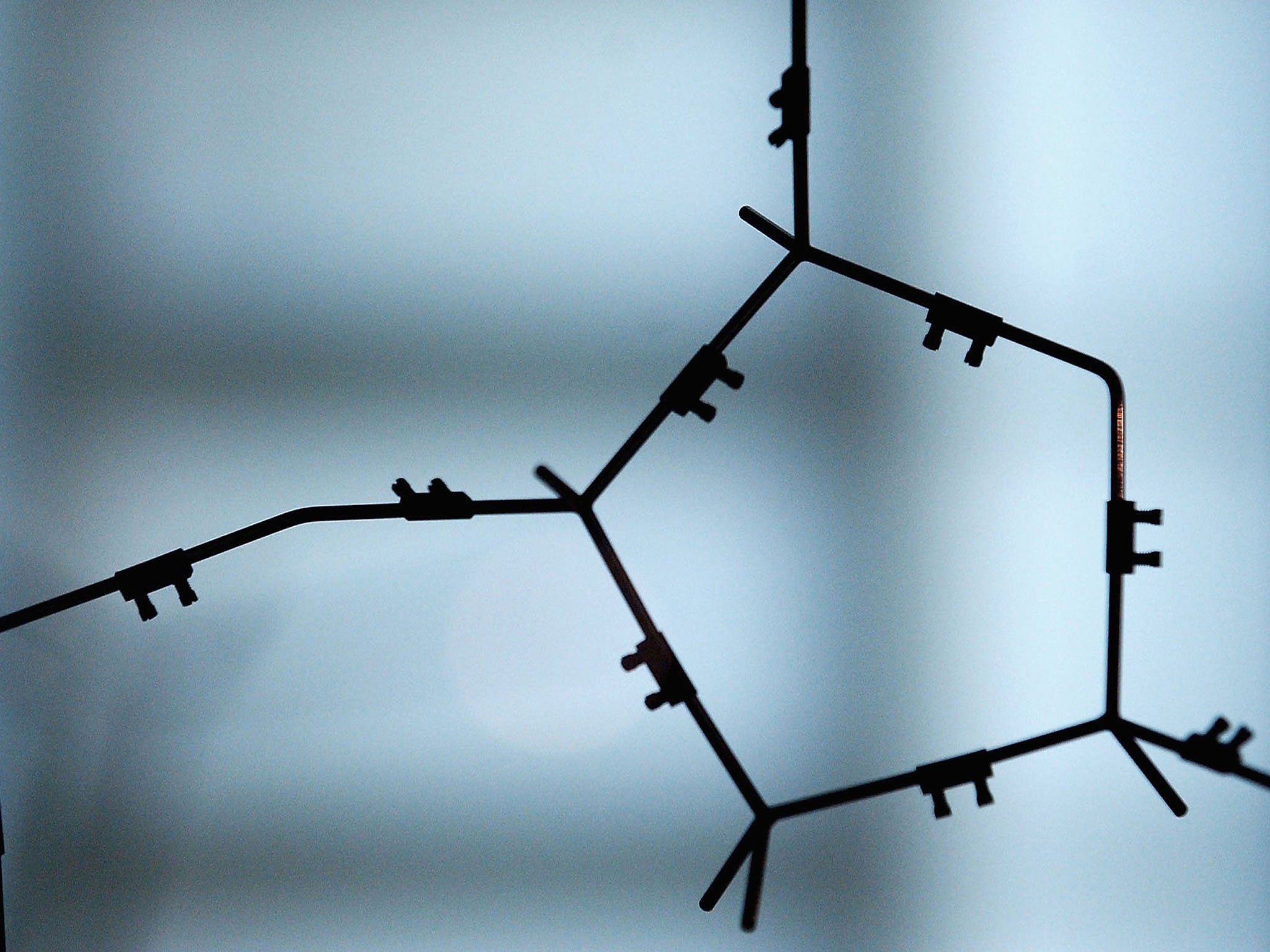Crispr: The science behind a 'game-changing' gene-editing technique
The ease and accuracy of Crispr-Cas9 has astonished molecular biologists

It has been less than five years since it was first discovered yet it is fair to say that the gene-editing technique known as Crispr-Cas9 has in that time become a recognised “game changer” in the field of genetics.
The technology uses “guide” molecules to identify precise positions on the DNA double helix that can then be cut and spliced with a bacterial enzyme. Crispr-Cas9 is able to edit genes at the smallest resolution – down to a single base pair within the sequence of the 3bn bases that make up the human genome.
The ease and accuracy of Crispr-Cas9 has astonished seasoned molecular biologists brought up in an age where gene editing and gene therapy relied on rather inaccurate techniques involving retroviruses and other cumbersome methods of making DNA deletions and insertions.
Crispr, which stands for “clustered regularly interspaced short palindromic repeats”, is a guide molecule made of RNA, a close cousin to DNA. This is the part of the technology that is made to order for targeting a specific site of interest on the DNA molecule.
It comes attached to Cas9, a highly effective bacterial enzyme that cuts the DNA double-helix at precisely the required point. It is the combination of Crispr and Cas9 that makes the complex so powerful as a gene-editing tool.
Eric Lander, director of the Broad Institute at Harvard University and a pioneer of genomic science, has said that Crispr-Cas9 holds “great therapeutic potential” in human medicine because of its power to edit precise points within the 3bn letters of the human genetic code.
T-cells could be edited to remove the membrane proteins used by HIV to gain entry into these vital components of the immune system, or liver cells could be engineered to lower the high cholesterol levels in families with inherited mutations, Dr Lander said.
“However,” he warned earlier this year, “the technology also raises a more troubling possibility; creating children carrying permanent, heritable changes to the human germ-line DNA. The press had dubbed such brave new progeny ‘designer babies’ or ‘genetically modified humans’.”
This is why the US has imposed a moratorium on its scientists using Crispr/Cas9 to edit the genomes of human eggs, sperm and embryos.
Subscribe to Independent Premium to bookmark this article
Want to bookmark your favourite articles and stories to read or reference later? Start your Independent Premium subscription today.

Join our commenting forum
Join thought-provoking conversations, follow other Independent readers and see their replies